|
A chicago driver was recently spotted driving their car with an obviously parking boot attached down I94. Kudos to the driver however, not sure what damage it caused or the trouble they could be in.
Pastrana returns to the motocross track for some racing and shenanigans with some fast company at Kevin Windham's Mississippi MX paradise. Travis Pastrana's legend is one that extends far beyond the motocross track. He has reached a level of superstardom that only a handful of action sports athletes ever will. His name is known in households that have never heard of motocross. But Pastrana sharpened his death-defying teeth on motocross tracks all over America as one of the top amateur prospects in the country in the '90s. Even as a professional racer, Pastrana was always considered one of the best. He won the 125 AMA Pro Motocross National title in his first attempt, at just 16 years old. Travis is often called a "professional everything" by those around him, but he was indisputably one of the fastest motocross riders on the planet for a time in the early 2000s. However, always the serial adventurer, Pastrana found inspiration outside of motocross, and left the professional scene behind in 2003. He would return for select one-off races through the next several years, but his life as a man who made his living on a motocross track was over. Double backflips, rally car jumps and parachute-less skydives all occupied Travis's calendar in his rise to the mainstream limelight. But Travis never forgot where he came from, and his passion for having fun on a dirt bike has never withered.
That's why Pastrana jumped at the opportunity to head to Kevin Windham's new Farm 14 MX Facility in Centerville, Mississippi. Along with Windham, Travis joined fellow '90s motocross phenom Robbie Reynard, along with whip-connoisseur Brett Cue for an epic weekend of racing, nac-nacs, backflips and of course, some fifth gear-pinned pond skimming. Is Travis coming back to racing full-time? No
In this one, we check out what claims to be the world’s fastest turbine powered jet boat as it’s tearing around the water with a few other boats when things escalate out of control quickly!
This seems to be a normal ride, but when one of the boats cuts off another, the boat being cut off catches an edge of the water and goes flying, does a backflip, and crashes down hard! Check out the video below and let us know what you think of the situation. If we were the ones that crashed, we would probably have a few choice words for the boat that cut us off.
While we all know about the Space Race between the United States and the Soviet Union to invent a superior rocket ship during the Cold War, a competition also once raged to produce the fastest jet-propelled machine on the ground: a turbo train.
In the 1960s, Don Wetzel, an engineer for the New York Central Railroad, was assigned the task to make locomotives both faster and cheaper, without compromising safety. The High-Speed Ground Transportation Act of 1965 granted the Federal Railway Administration funds to construct high-speed trains to convey passengers and freight. Wetzel’s idea was to add jet engines to the train, so it would be propelled by jet thrust instead of the power of a gas turbine or coal-powered locomotive. During the refit of the engine car, Wetzel discovered that the jet engines worked better at higher speeds and applied his idea to passenger train engines before he modified the engines that pulled cargo. Wetzel’s first attempt at a high-speed train was the M-497 Black Beetle, built in 1966. He used a Budd Rail Diesel Car and modified the front of the car for a sleeker, more modern look. He also added two recycled General Electric J47-19 5,000 horsepower jet engines purchased from the U.S. Air Force for $5,000.
Originally, the jet engines were to be placed at the rear of the car, but Wetzel’s wife, who designed the exterior of the car, changed it to the front for aesthetic reasons. It was tested on tracks running from Butler, Indiana, to Stryker, Ohio, a straight and flat section of track running about 28 miles. The train reached an impressive speed of 183 miles per hour, a record-breaking speed that has yet to be surpassed.
Soon after, two Pratt & Whitney J52 jet engines were installed on the Linear Induction Motor Research Vehicle built by Garrett AiResearch, a groundbreaking aerospace technology firm and manufacturer of turbochargers and turboprop engines in California. It is believed that the competitive spirit motivated the U.S.S.R. to build their own turbo train, at first to speed up the daily ride from Omsk to Tomsk, a distance of over 550 miles. The Soviets had already conducted considerable research into high-speed trains. The first experiments to began in the 1930s. In 1970, Russian train makers in the Kalininsky district of Saint Petersburg redesigned and modernized the chassis of one of their ER22 head engines to look more streamlined and added two turbojet engines from a Yakovlev YAK-40 on the top of the front car, similar to the United States’ model. It weighed 5.4 tons fully loaded with jet fuel and reached 92 feet in length. The first test in 1971 was conducted on the line joining the railroad terminal in Golutvin, southeast of Moscow. The goal was to get the train up to about 225 miles per hour, and at first, it achieved 116 miles per hour. After pushing the engine to its limit, the engineers reportedly got up to 155 miles per hour. It is thought that the creators of the train planned to make it part of the “Russian Troika Express.” The project was discontinued, with the modified ER22 being the only model converted. The train engine was moved to an unused part of the track behind a rail car factory near Doroshikha and forgotten. As it sits in the weeds, rusting away, some want the locomotive restored and placed in a museum or sold to a private collector who has the ability to care for it. It’s possible that the development of a high-speed train led to faster and more efficient train service in Russia as well as the rest of the world. A monument to the Turbojet train stands in Tver in a railcar factory. tags : soviet jet train , jet train, turbo train, abandoned train , nathan finneman , breed of speed , awesome trains
Sometimes people do things that just make you scratch your head and go,"Why?". And this is one of those situations. An unnamed entrepreneur in Germany has invented a crash barrier to help stop the rise in truck attacks in Europe, according to The Drive. That's where the good part of the idea ends. However, the entrepreneur decided to hold a public demonstration for his new product by using a real driver instead of a dummy driving a truck and having him crash into the new crash barrier device. And well, things didn't go so well as you can imagine.
The crash itself was pretty intense, with the truck being destroyed as it crashes into this barrier and actually flies over it. The 48-year old driver was injured and had to be airlifted to a nearby hospital. The incident took place on April 22nd but we're just now seeing the video from the event. The driver apparently is also still recovering. So best wishes to him and hopefully, he'll be up and about again soon. Although we're thinking he'll take a break from the stunt driving business for awhile. Why they decided to use a real human driver in this event is still in question...
It’s rare to see a promotional video of fighter and attack planes. While Lockheed Martin put together a pretty slick campaign last decade for their F-22 and F-35 platforms, the promotional videos have really dried up over the past 5 years. That’s what makes this video for the AT-6C turboprop attack aircraft video a special find. It’s a light attack aircraft based on the T-6 Texan II that is used for Undergraduate Pilot Training (SUPT) in the United States along with some other allied nations. Shot in and around Yuma, Arizona, this video captures the beauty of flight and the sexiness of attaching some weapons to the T-6 Texan II.
tags: breed of speed , at-6 attack , air force upt , air force plane, nathan finneman , t6 texan , aviation , aircraft Beechcraft T-6C/AT-6 (Long Version) from 3DF on Vimeo.
While some projects defy logic (and sanity), there are some that blow them out of the water with no hope of turning back. That includes builds that entail swapping in a Ferrari 458 engine into a Toyota 86, and, well, this -- a 1,000 horsepower Hellcat powerplant into a Toyota Prius, at least what's left of it. There's no point of trying to explain why, or how, so instead, we'll let you figure it out for yourself given a bit of background to the lunacy.
The team at American Racing Headers has decided to undertake this swap, dubbing it the "PriuSRT8". And while it may look like a gas-sipping hybrid on the outside, it's a fully built, NHRA-approved tube chassis underneath. It would have to be to hold up to the power they're aiming for, and with a 6.2L V-8 paired to a 4.5L Whipple blower, there's no way standard Prius underpinnings could hope to keep up.
Loads of boost are what makes that power output possible. Not only is it a challenge to get this behemoth settled into Toyota bodywork, but it's an even bigger test finding the running gear to withstand this much twist. Power is sent to a Tremec Magnum six-speed transmission, then continues on to a custom-built Ford 9" rear end built by Midwest Chassis. That surely isn't the only bit of custom fabrication as there is extensive metal work throughout. The pictures included here show all of the fancy bits that ARH has welded in including the mandatory modifications like a heightened transmission tunnel, fully-built roll cage for series demands, and completely redesigned bracing in the front and rear.
So instead of questioning what's going on in the heads of these builders, we'll just have to admire their courage instead. It's more than anything we'd hope to take on, and for that, we salute them. tags: breed of speed, hellcat powered prius, nathan finneman , prius racecar , 1000hp prius , insane , toyota
You mightn’t recognise the name, but Rosemary Smith is without a doubt one of the most important people in the history of motorsport. Having originally trained as a dressmaker, Rosemary stumbled into the world of rallying in the mid-1960s and went on to win some of the most iconic top-flight rallies on earth in an era when women were more likely to be seen draped over the bonnet of a car than behind the wheel. Watch the remarkable film below as, at 79 years old, the Dublin-born driver who still rallies to this day has defied the odds once again to become the oldest person to get in the cockpit of a Renaultsport Formula One car. Along with friend and long-time co-driver Pauline Gullick, Rosemary was invited by Renault to the Circuit Paul Ricard in the south of France, where she was trained up by Renault F1 driver Jolyon Palmer. She said: “Driving an 800bhp car is something I, like many other racers, have always dreamt of but I didn’t think I’d ever have the opportunity to do it, so when the team at Renault UK contacted me I jumped at the chance.
“It was definitely very different to the rally cars I’m used to but was an amazing experience. I could feel myself getting more and more comfortable with the single-seater and being able to speak to Jolyon, driver to driver, also helped when the nerves did kick in.” Dave Monk, executive creative director of Publicis London, which created the film, said: “It’s not very often you unearth a story like Rosemary's, she's a remarkable woman, a tremendous athlete, and embodies the kind of passion for life we can all learn a lesson or two from.”
It's one thing to enjoy your supercar, but this guy is on a whole nother level.
tags: tax the rich, breed of speed, supercar driven hard, nathan finneman, f50 , f40 , crazy supercar driver, drifting supercar
At 4 years old, meet the youngest motorcross rider, who is already competing against kids twice his size. While most children his age have yet to learn how to ride a bicycle, Chase Anderson is streets ahead on his 50cc motorbike.
The bike-riding fanatic from Alaska is the youngest member of a family full of motocross riders, and at the tender age of three is the world's youngest motocross rider. At two years old he was already riding dirt bikes with the relative safety of some training wheels. |
///Categories
All
Archives
January 2024
|
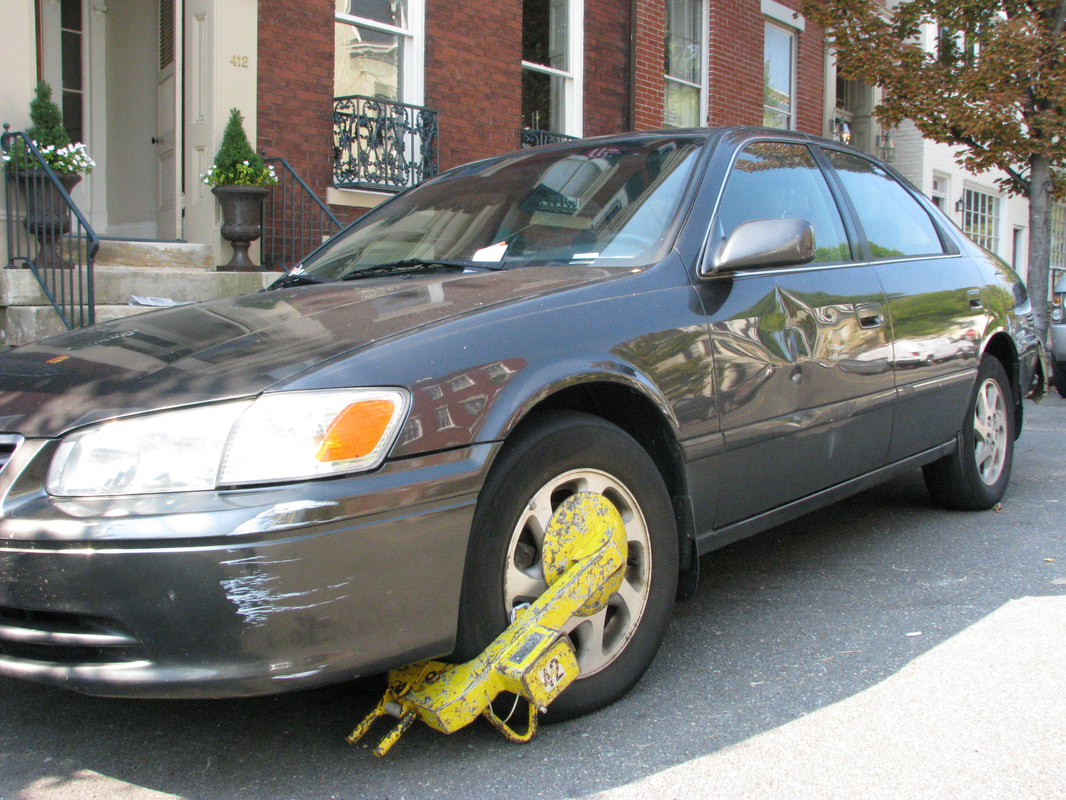
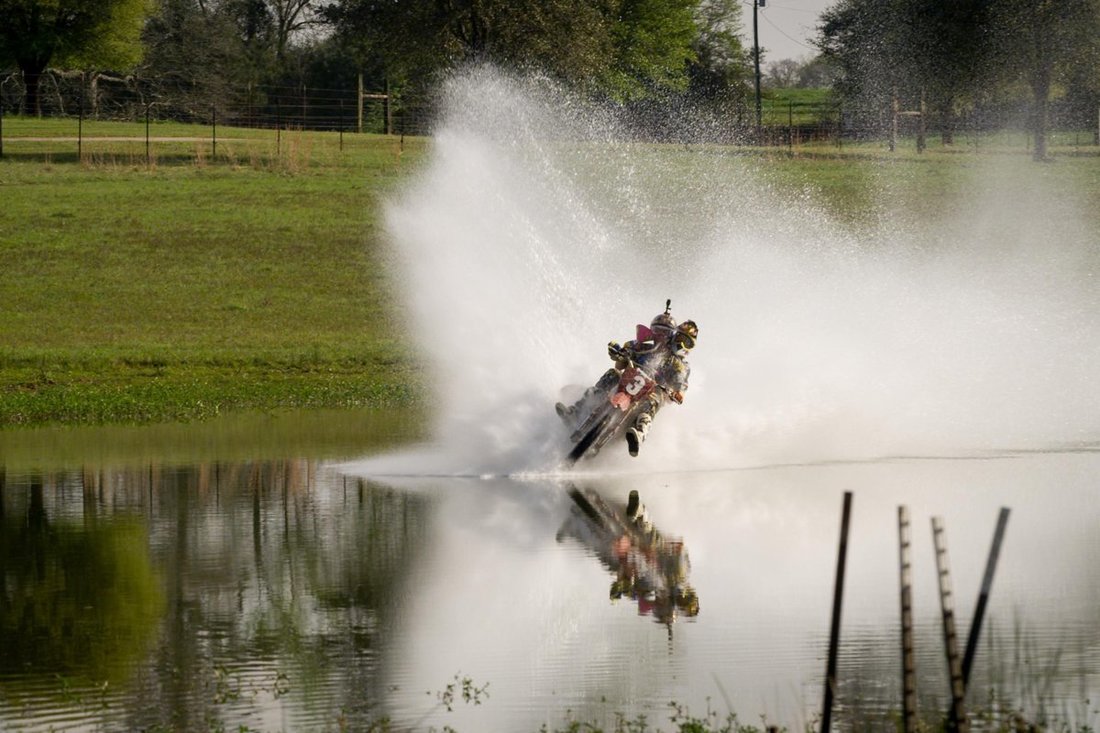
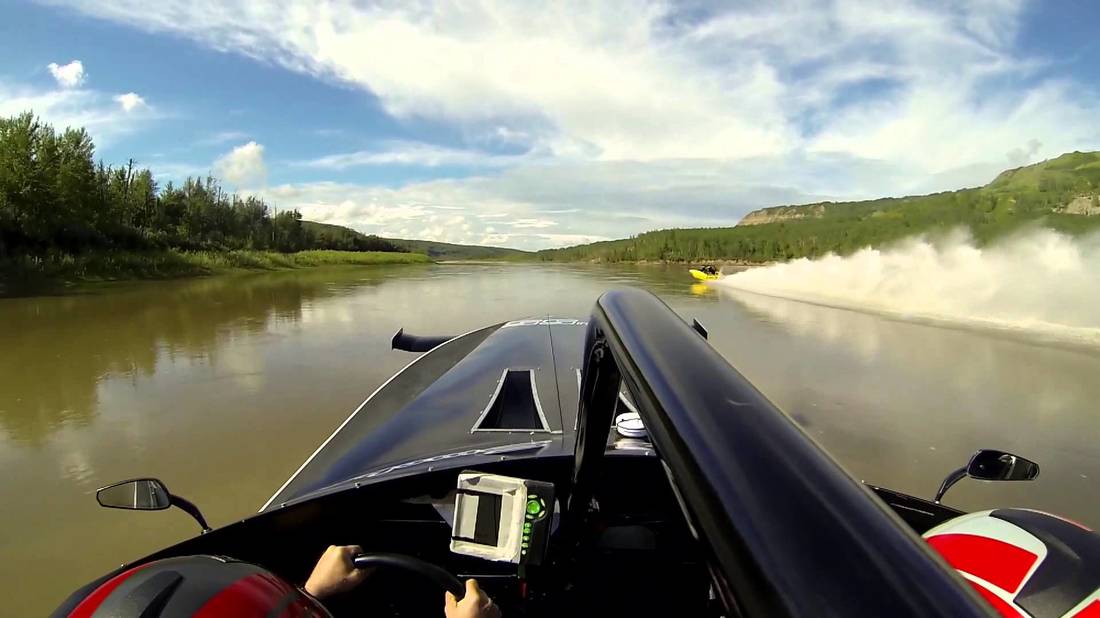
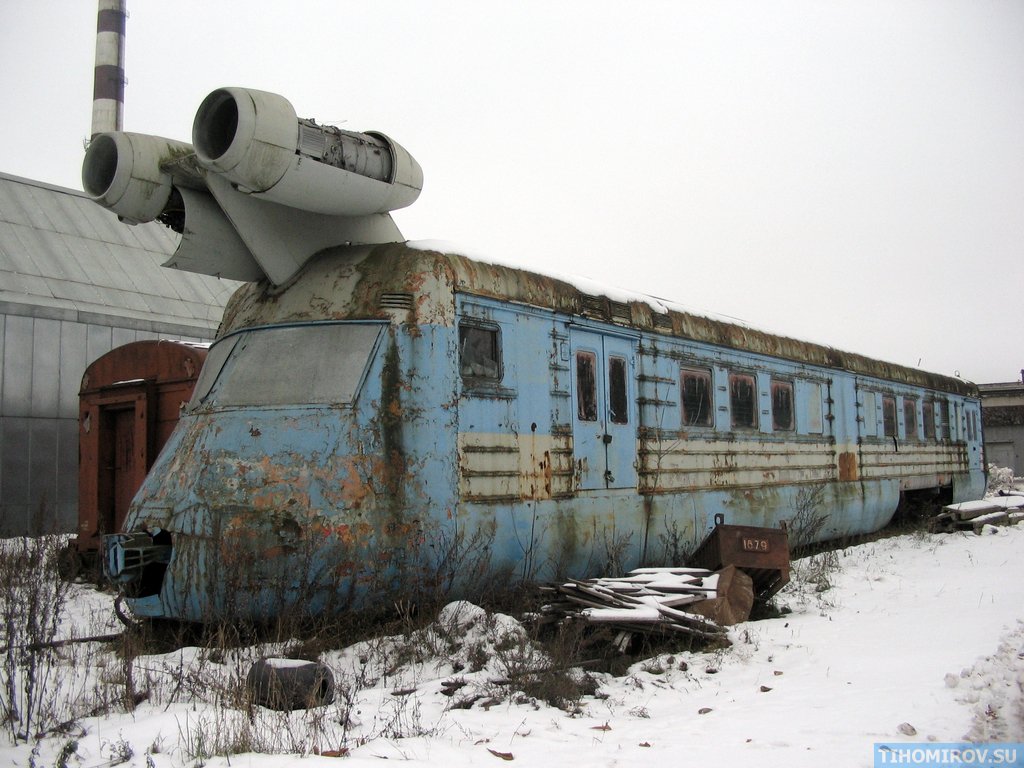
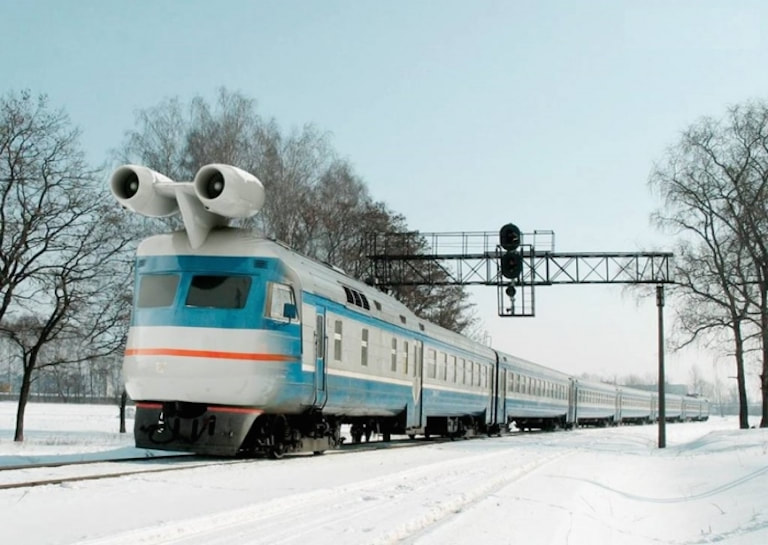

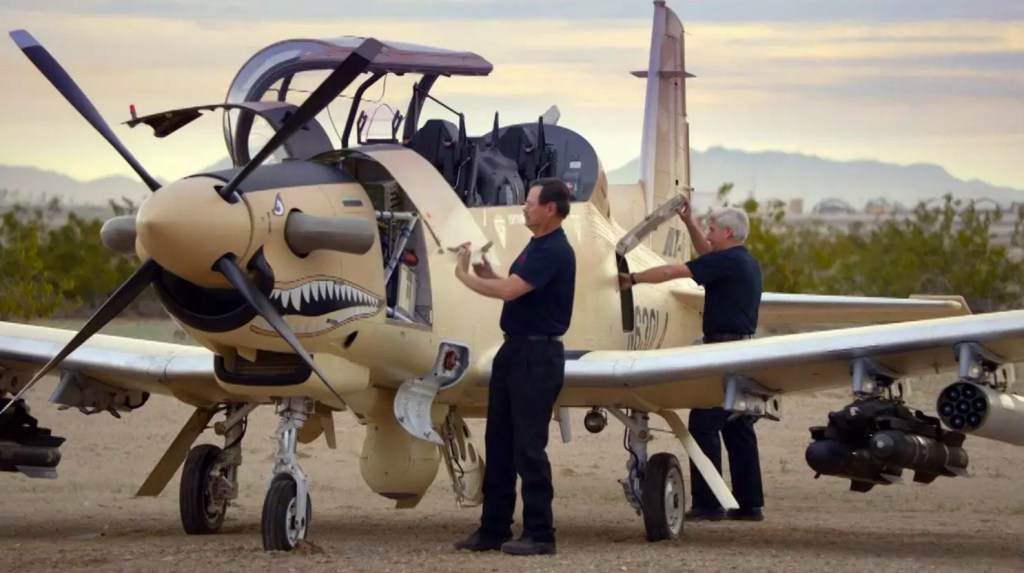

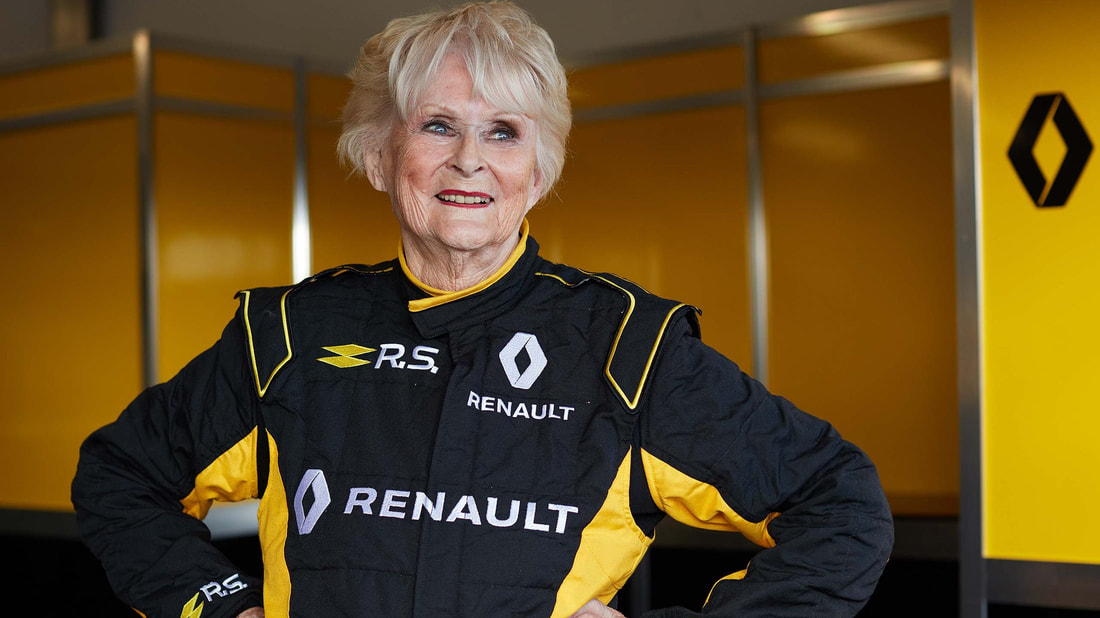
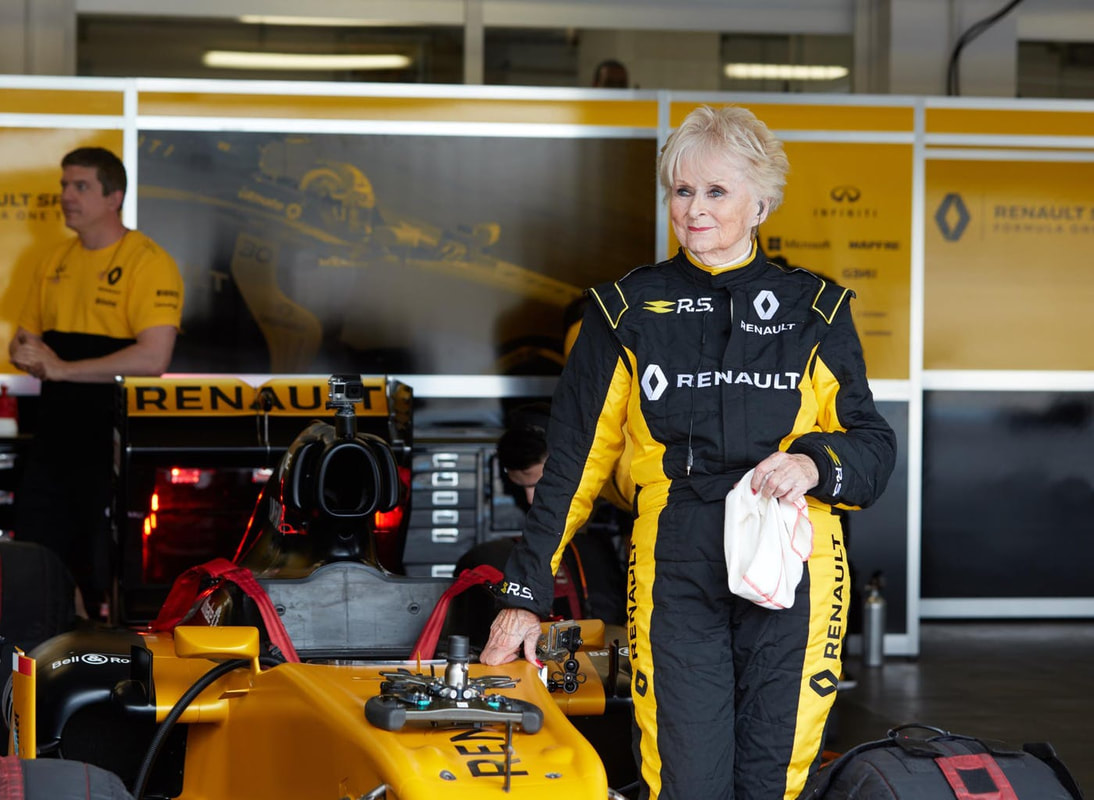

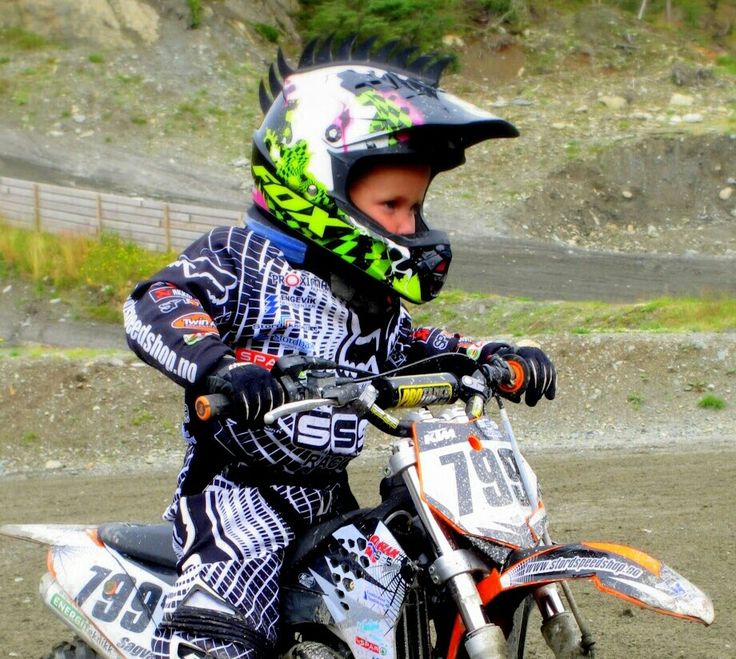
 RSS Feed
RSS Feed